Research and Publications
Nationhood Lab probes the U.S. condition and produces solutions to strengthen the country and its liberal democratic experiment. Our team collaborates with scholars, researchers and practitioners from a wide range of disciplines to probe a wide range of past and present phenomena that contribute to fracturing, unity and civic health. On this page we also feature research conducted by external institutions using the American Nations model.
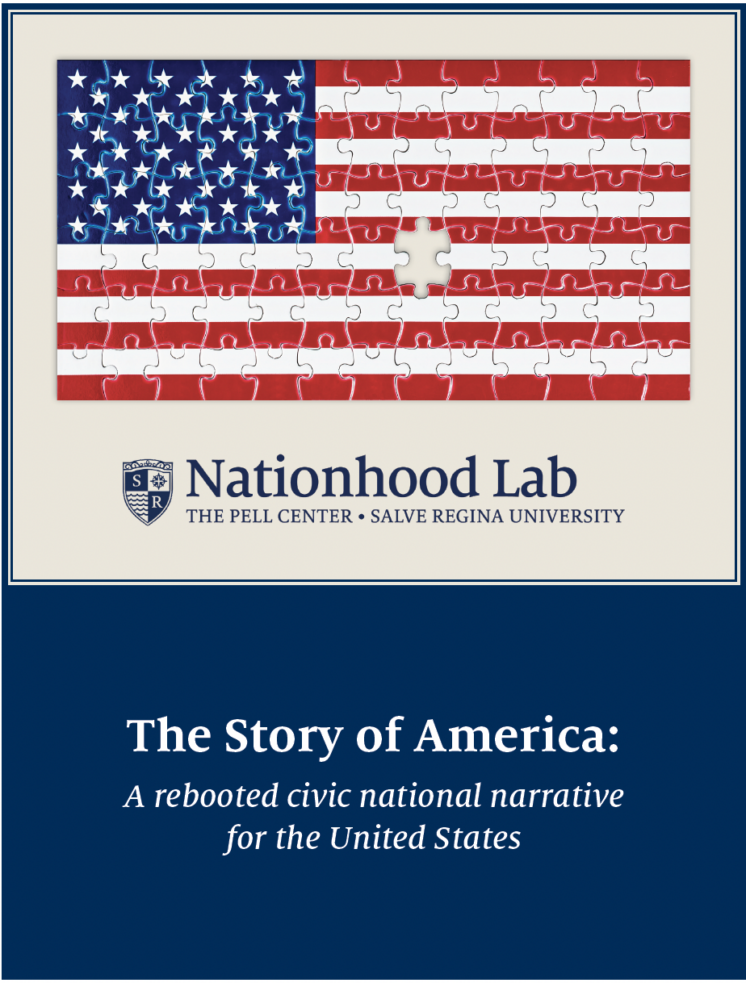
Colin Woodard, The Story of America: a rebooted civic national narrative for the United States, Nationhood Lab, March 2025.
This report summarizes the findings of a core Nationhood Lab initiative to develop, test, and disseminate a shared American story of purpose, identity, origins, and belonging for the United States. It shows a supermajority of Americans -- across party, gender, racial, generational, education and income differences -- supports such a national story built on the ideals set forth in the opening to the Declaration of Independence. A core narrative frame is provided, as well as a variant (with minor changes) that works better with uniformly conservative audiences.
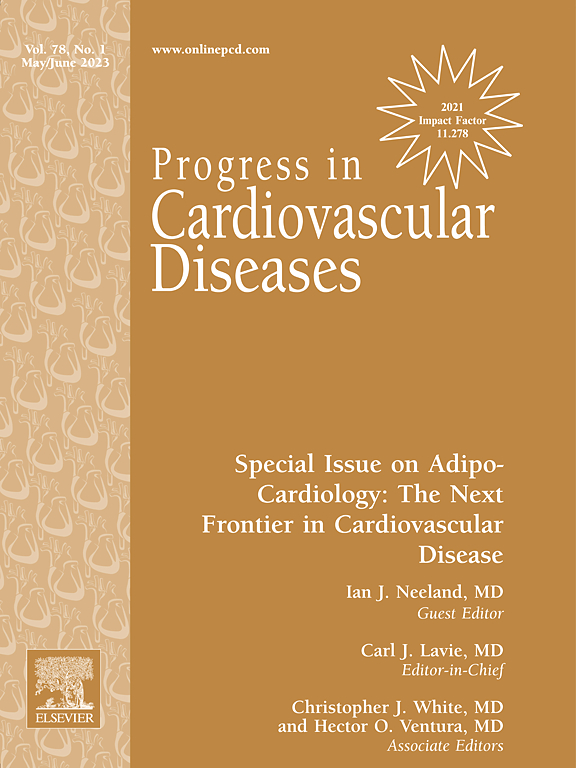
Colin Woodard, Ross Arena, and Nicolaas P. Pronk, "The American Nations Model: An Analytical Tool for Understanding the Influence of U.S. Regional Cultures on Health and the Social and Political Determinants of Health," Progress in Cardiovascular Diseases, (In press, March 2024)
Here Nationhood Lab director Colin Woodard lays out the American Nations model for a medical and health sciences audiences, including how it was developed, how it has been used by various disciplines, and a four-tier schematic for understanding a core difference between them: the relative cultural emphasis and value placed on individualism vs the shared responsibilities of communitarianism.

Nicolaas P. Pronk, Colin Woodard, Frederick J. Zimmerman and Ross Arena, “An Ecological Framework for Population Health and Wellbeing,” Progress in Cardiovascular Diseases, (In press, March 2024)
Pronk and his colleagues, including Nationhood Lab's director, laid out an ecosystem-type model for understanding the links between culture and health outcomes via the American Nations model and the political and social determinants of health. The model's proof of concept has since been verified via the use of artificial intelligence-driven statistical methods in other papers presented on this page.
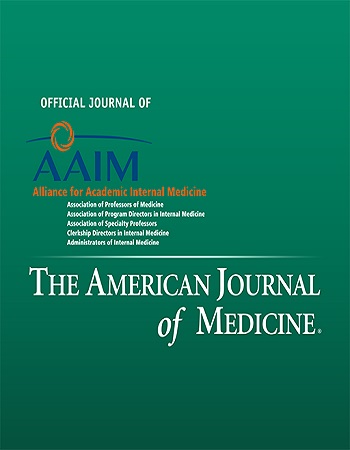
Ross Arena, Shuaijie Wang, Nicolaas P. Pronk, Colin Woodard and Tanvi Bhat, "The Forcing Factors of Physical Inactivity and Obesity in the United States -- An Artificial Intelligence Analysis of an Ecological Framework," American Journal of Medicine, (in press May 2025)
The study's authors used an artificial intelligence-driven statistical technique to evaluate the validity of Pronk et. al.'s ecosystem-like model for understanding the links between culture and health outcomes, in this case obesity and physical inactivity prevalence. As with the researchers' previous paper in Problems in Cardiology (which looked at healthy longevity), the model was shown to be predictive.
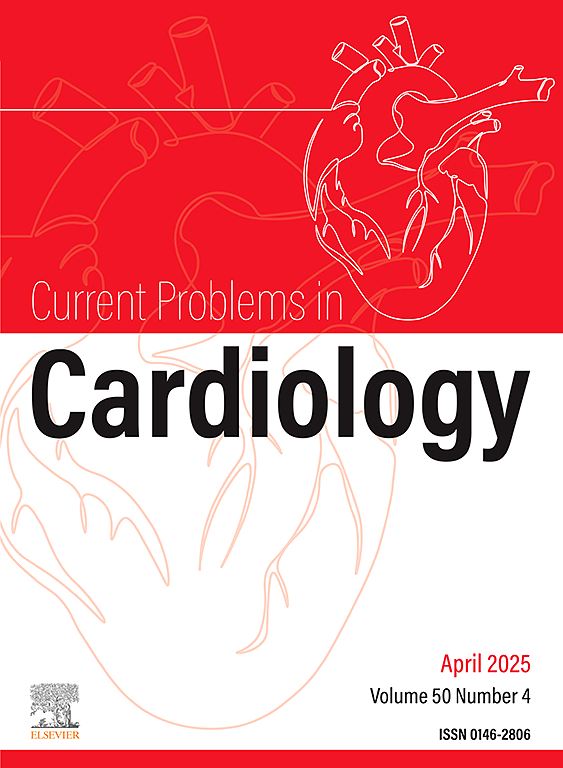
Ross Arena, Shuaijie Wang, Nicolaas P. Pronk, Colin Woodard and Tanvi Bhat, “An Artificial Intelligence-Informed Proof of Concept Model for An Ecological Framework for Healthy Longevity Forcing Factors in the United States,” Current Problems in Cardiology, Vol. 50, No. 5 (May 2025)
Dr. Arena and his co-authors tested the conceptual validity of an ecological framework model for healthy longevity in the U.S. using Nationhood Lab director Colin Woodard's American Nations model, positing the regional cultures described therein are upstream drivers of political and policy preferences, and the social, environmental, and physical challenges communities in various regions face.

Ross Arena, Nicolaas P. Pronk, and Colin Woodard, "The Culture of Healthy Living: Exploring the Chaos that Drives Health Behaviors," Progress in Cardiovascular Diseases, (In press, March 2024)
In this lead editorial of a special issue on culture and health outcomes, guest editor Pronk and his colleagues argued that cultural values - being core to individual, familial, and community belief systems - have a profound influence on behaviors, diets, and health outcomes, but are typically not considered in public health and health care approaches.

Nicolaas P. Pronk, Colin Woodard, D. Brad Rindal and Ross Arena, “Exploring the complex relationships between health behaviors, health outcomes, social vulnerability, regional cultures and oral health,” Current Problems in Cardiology, Vol. 49, No. 12 (December 2024.)
The authors, including Nationhood Lab director Colin Woodard, found substantial differences in the rates of typically preventable dental problems -- e.g.: having all of one's teeth removed by 65 -- across the U.S. regional cultures identified in the American Nations model. The three strongly individualistic regions -- Deep South, Greater Appalachia and New France -- performed worst. The relationship with social vulnerability and other factors were also evaluated.

Ross Arena, Nicolaas P. Pronk and Colin Woodard, "Social vulnerability and leisure-time physical activity in the United States from 2020 to 2022: an unaltered crisis within a crisis," American Journal of Medicine, Vol. 138. No. 3, (March 2025), pp. 575-578.
This paper used the American Nations model and the Social Vulnerability Index to analyze relationships with the incidence of indviduals reporting No Leisure Time Physical Activity in short- long- and longitudinal time scales. Individualistic regional cultures had significantly higher NLTPA in 2020 than most others, though the values were high across cultures in 2022.
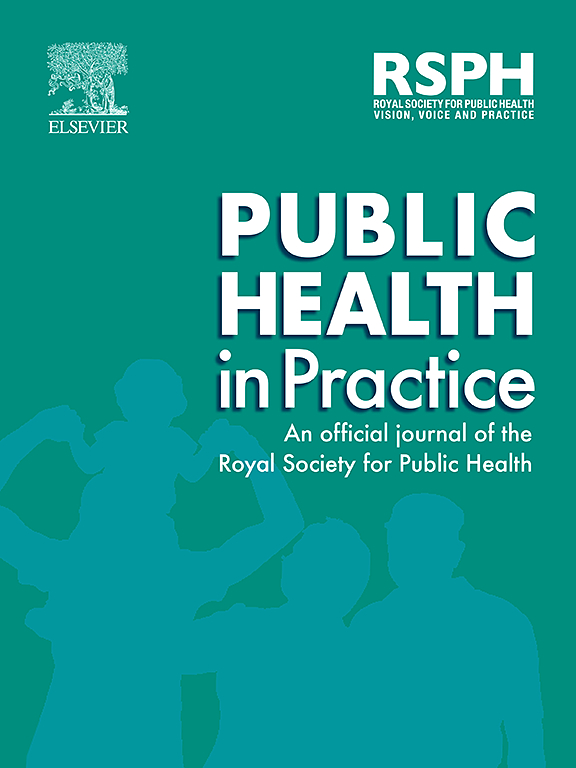
Ross Arena, Nicolaas P. Pronk, Thomas Kottke, Anthony Arena and Colin Woodard, “The Relationship between the Lifestyle Health Index and Voter Turnout during the 2020 United States Presidential Election in the Context of Regional Cultures,” Public Health in Practice, Vol. 8 (December 2024),100534
Nationhood Lab director Colin Woodard and his co-authors used their newly developed Lifestyle Health Index to examine correlations with voter turnout rates at the U.S. county level in the 2020 presidential election. The researchers found clear correlations between poor LHI scores and low voter turnout, with heterogeneity across the U.S. regional cultures identified in the American Nations model. The Deep South, New France, El Norte, and Greater Appalachia had the highest LHI and lowest percent voter turnout.
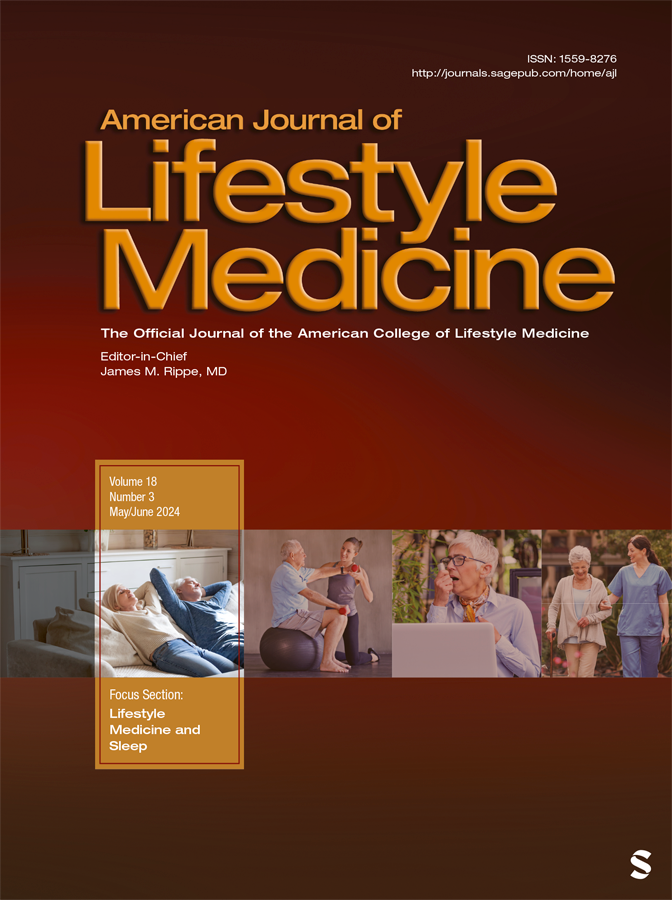
Ross Arena, Nicolaas P. Pronk, Elie Gertner, Kharma C. Foucher, and Colin Woodard, "Arthritis in the Regional Cultures of the American Nations: An Overlooked Component of a Large Unhealthy Lifestyle Syndemic," American Journal of Lifestyle Medicine, (Prepub online September 2024.)
The authors, including Nationhood Lab director Colin Woodard, merged county-level data on arthritis, disability, and depression prevalence, the Lifestyle Health Index (LHI), the Social Vulnerability Index (SVI) and the American Nations regional cultures schematic and found clear heterogeneity across regions in age-adjusted arthritis rates.

Ross Arena, Nicolaas P. Pronk, Thomas Kottke and Colin Woodard, “The Lifestyle Health Index in the Context of COVID-19 Mortality and Vaccination in the United States: A Syndemic not to be Repeated,” Current Problems in Cardiology, Vol. 49, No. 9 (September 2024.)
Nationhood Lab director Colin Woodard and his co-authors used their newly developed Lifestyle Health Index to examine correlations with COVID-19 mortality and vaccination rates and found clear differences in outcomes and lifestyle and health indices across the U.S. regional cultures identified in the American Nations model. The Deep South, Greater Appalachia and the Midlands each had per capita COVID death rates than twice that of Left Coast.
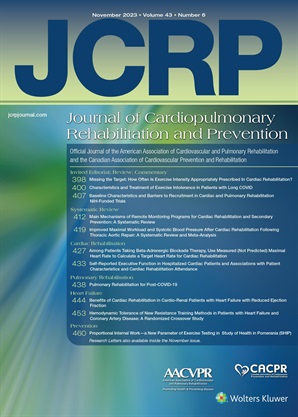
Ross Arena, Nicolaas P. Pronk, Thomas Kottke, and Colin Woodard, "2022 County-Level Population Changes in the United States Through the Lens of the Lifestyle Health Index," Journal of Cardiopulmonary Rehabilitation and Prevention, Vol. 44, No. 5 (September 2024), pp. E66-67.
Nationhood Lab director Colin Woodard and his co-authors used the American Nations model to compare Lifestyle Health Index scores with county-level population changes between July 1, 2021, and June 30, 2022. They found population declines to be closely linked to low LHI scores, with increased mortality (due to the pandemic) driving much of the change. Poor LHI was also associated with high birth rates, “increasing the likelihood that an unhealthy lifestyle-chronic disease cycle will persist in future generations."
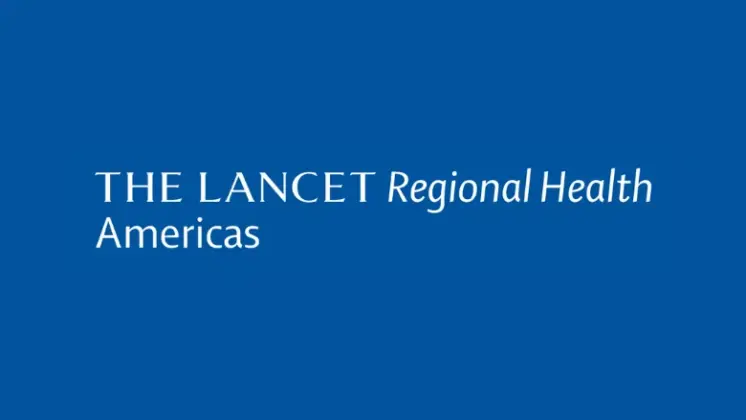
Nicolaas P. Pronk, Ross Arena and Colin Woodard, "Regional cultures, voter participation, and health,” The Lancet Regional Health - Americas, Vol. 33 (May 2024); Prepub online 29 March 2024.
Voter participation and health outcomes are correlated and interrelated, Pronk, Woodard and Arena note in this comment piece for The Lancet's regional journal, therefore messaging interventions to boost either need to take into account the fundamental value differences across the US regional cultures identified in American Nations.
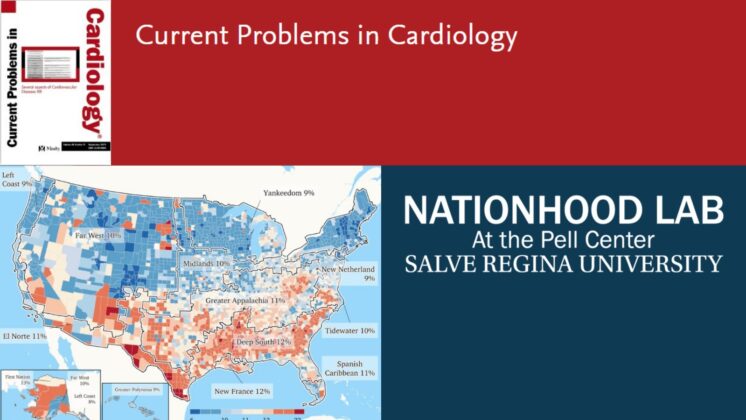
Deepika Laddu, Ross Arena, Nicolaas P. Pronk, and Colin Woodard, "Unhealthy Dietary Patterns in the American Nations: A Crisis with Cultural Distinctions," Current Problems in Cardiology, Vol. 49, No. 6 (June 2024.)
Using the American Nations model. Laddu and her colleagues found significant regional differences in the prevalence of food insecurity, insufficient healthy food access, and the County Health Rankings food environment index. First Nation had the worst conditions with Greater Appalachia, Deep South, New France, Far West and El Norte also showing food challenges.

Thomas E. Kottke, Nicolaas P. Pronk, Colin Woodard and Ross Arena, “The Potential Influence of Firearm Violence on Physical Activity in the United States,” American Journal of Medicine, Vol. 137, No. 5 (May 2024), pp. 426-432.
Dr. Kottke and his co-authors, including Nationhood Lab director Colin Woodard, found counties with poor physical activity metrics had significantly higher firearm fatality rates. The relationship was also consistent for race-based subgroups and overall White, Hispanic, and Black firearm fatality rates were significantly higher in the American Nations group comprising Greater Appalachia, Deep South, El Norte, New France, and First Nation. Stepwise linear regression analysis revealed that the Social Vulnerability Index, American Nations dichotomous grouping, and firearm fatality rate were all retained in predicting physical inactivity prevalence as a continuous variable.

Ross Arena, Nicolaas P. Pronk, and Colin Woodard, "Predicting life expectancy in the United States: The importance of healthy living behaviors and residential geography," Progress in Cardiovascular Diseases, Vol. 85 (July-August 2024), pp. 26-30.
Pronk and his co-authors identified 577 U.S. counties where life expectancy exceeds 80 years and found these counties had significantly lower levels of smoking, physical inactivity, obesity, and healthy food access challenges. The researchers also used the American Nations model to identify regional variations in these metrics and relationships in an effort to better target and regionally differentiate public health interventions.

Ross Arena, Nicolaas P. Pronk and Colin Woodard, “The Influence of Social Vulnerability and Culture on Physical Inactivity in the United States – Identifying Hot Spots in Need of Attention,” American Journal of Medicine, Vol. 137, No. 2 (February 2024); pp. 113-121
The researchers, including Nationhood Lab director Colin Woodard examined U.S. social vulnerability patterns and their relationship to previously documented patterns of unhealthy lifestyle behaviors and a range of health indices. Using the CDC's index of a community's resilience to a potential disaster, they found geospatial correlations to the American Nations model, with Deep South, Far West, El Norte, Spanish Caribbean, Greater Appalachia and First Nation faring poorly. Yankeedom, a region with a long tradition of communitarian public investment, had the best SVI score (7.5), and other communitarian regions followed:, the Midlands, came in at 7.6, and Left Coast just behind that at 7.8. Densely-populated New Netherland and Greater Polynesia (Hawaii) did not receive high ratings.
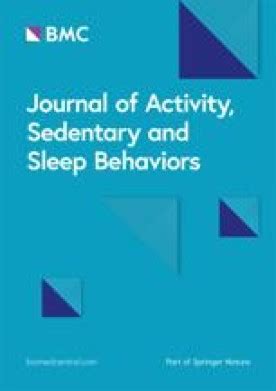
Nicolaas P. Pronk, Ross Arena, Deepika Laddu and Colin Woodard, "Regional Cultures and Insufficient Sleep in the United States," Journal of Activity, Sedentary and Sleep Behaviors, Vol. 3, No. 4, (January 2024.)
Nationhood Lab director Colin Woodard and his co-authors used the American Nations model to demonstrate the regional disparities in sleep disturbances in the United States. They found a familiar pattern, with higher prevalences in Greater Appalachia, Deep South, Spanish Caribbean, New France and the First Nation region of Alaska, but also New Netherland. Greater Polynesia (Hawaii) had by far the highest rates, the Left Coast among the lowest. The differences between the nations were generally not large -- varying by a few percentage points - but hot spots were clustered in the lowland South and Appalachian highlands.

Ross Arena, Nicolaas P. Pronk and Colin Woodard, “Novel approaches to addressing the U.S. physical inactivity and obesity pandemics: an opportunity for religious organizations,” American Journal of Medicine, Vol. 79 (Prepub, 30 November 2023.)
Nationhood Lab director Colin Woodard and his co-authors examined the geographic concentrations of physical inactivity, obesity, and church congregations in the U.S., revealing a tight correlation between the three. Among the U.S. regional cultures identified in the American Nations model, the relationship was especially strong in the Deep South and Tidewater. The researchers concluded that an opportunity existed to address the crisis using this local infrastructure. "Church-based healthy lifestyle programs, particularly in areas where a high concentration of congregations align with high physical inactivity and obesity, may offer a novel and effective approach to addressing this issue," they wrote.

Ross Arena, Nicolaas P. Pronk and Colin Woodard, "Identifying the Disability Belt and epicenters within the American Nations," Journal of Cardiopulmonary Rehabilitation and Prevention, Vol. 44, No. 1, (January 2024.)
Nationhood Lab director Colin Woodard and his co-authors used the American Nations model to demonstrate the regional disparities in the prevalence of various types of disabilities in the United States. They found a "disability belt" across Greater Appalachia, Deep South, El Norte and New France and also a hot spot in the First Nation region of Alaska. The geospatial patterns were strikingly similar to those the same researchers previously documented for physical inactivity. "We were not surprised to find a significant county-level relationship between PI and disability prevalence," lead author Ross Arena reported, "but the strength of this relationship was unexpected."
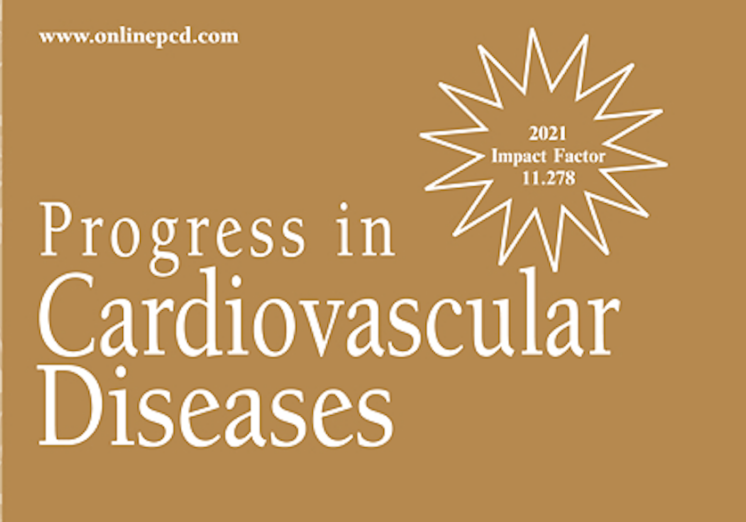
Ross Arena, Deepika Laddu, Nicolaas P. Pronk and Colin Woodard, “The geographic distribution of unhealthy living characteristics according to the American Nations model: Cultural factors warranting attention,” Progress in Cardiovascular Diseases, Vol. 79 (July-August 2023), pp. 100-106.
Nationhood Lab director Colin Woodard joined a team of academic public health researchers to examine how the prevalence of physical inactivity, obesity, diabetes, and access to exercise opportunities vary between the U.S. regional cultures identified in the American Nations model. The researchers found stark differences between the regional cultures in inactivity, diabetes and obesity rates, with the Deep South and Greater Appalachia performing very poorly and Yankeedom, Left Coast, Far West, and New Netherland performing well. The authors recommended further research as "there is something to be learned through viewing the unhealthy living and chronic disease pandemics through the American Nations model, specifically helping us understand how stakeholders should uniquely craft the [healthy lifestyle] message in the context of the regional cultural differences."

Ross Arena, Deepika Laddu, Nicolaas P. Pronk and Colin Woodard, "How has Physical Inactivity Changed in the American Nations From 2010 to 2020: A Decade of Lost Opportunity," Current Problems in Cardiology, Vol. 48, No. 11 (November 2023.)
Nationhood Lab director Colin Woodard and his co-authors used the American Nations model to show changes in self-reported physical inactivity among residents of the various U.S. regional cultures between 2010 and 2020. The researchers found only minor improvements in some regions, a slight worsening in El Norte, and no change at all in the Deep South. Lead author Arena – a physiologist and professor of physical therapy who specializes in the study of exercise – concluded this was “a lost decade in the battle against physical inactivity in the United States” that “should prompt significant concern amongst stakeholders from all relevant sectors . “The American Nations model indicates unique regional cultural differences and should be considered when crafting health promotion campaigns,” he added.

Joanne Haddad, "Settlers and Norms," ECARES Working Papers, ECARES 2022-02, European Center for Advanced Research in Economics and Statistics, Université Libre de Bruxelles, 2022.
Haddad, an economist and postdoctoral researcher at the Université Libre de Bruxelles, sought to test Wilbur Zelinsky "first effective settler" hypothesis by testing if attitudes toward gender equity held by 17th to 19th century colonizer-settlers in U.S. counties were reflected in measures of gender equity in today's labor market. She found that women’s labor supply is higher, in both the short and long run, in U.S. counties that historically hosted a larger settler population originating from places with favorable gender attitudes. Her findings, she said, "shed new light on the importance of the characteristics of immigrants and their place of origin for cultural formation in hosting societies," and cited the American Nations model as the key contemporary exponent of Zelinsky's hypothesis.

Ross Arena, Nicolaas P. Pronk and Colin Woodard, "Physical Inactivity and Obesity in the United States: At the Intersection of Politics, Socioeconomics, Race, and Culture," Current Problems in Cardiology, Vol. 48, No. 12 (December 2023.)
Nationhood Lab director Colin Woodard and his co-authors used the American Nations model to probe the possible driving forces of the physical inactivity and obesity epidemics within specific U.S. regions The researchers found that, on a national level, counties that voted for Joe Biden in 2020 had lower prevalences of both conditions than those that voted for Donald Trump. But unique, region-specific cultural identities and partisan coalition demographics were apparent at the American Nations level and "serve as potential explanations for inconsistencies in PI and obesity prevalence across the U.S."
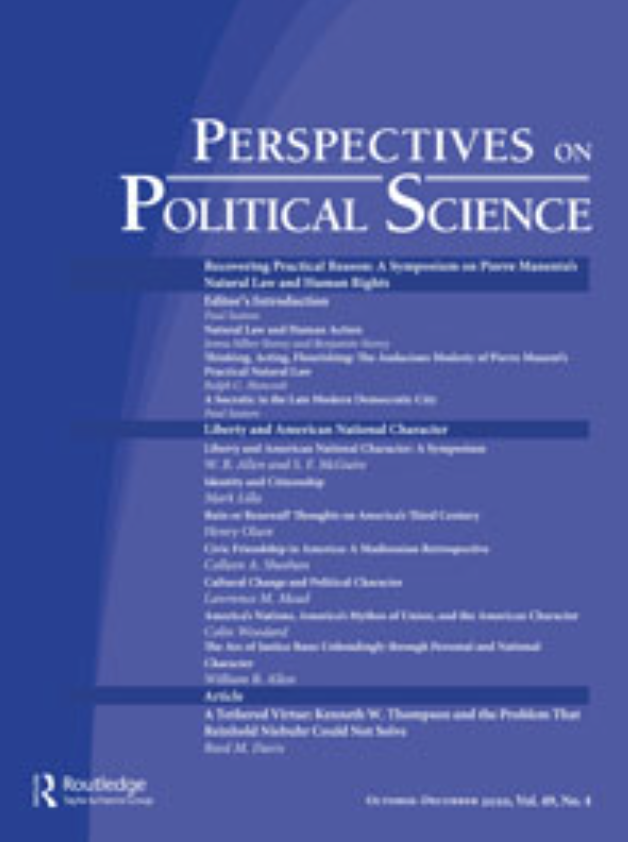
Colin Woodard, "America's Nations, America's Mythos of Union and the American Character," Perspectives on Political Science, Vol. 49, No. 4 (August 2020), pp. 269-278.
Woodard lays out the problems of U.S. nationhood, the philosophical divides between legacy regions, and the battle over the story of U.S. nationhood under which the U.S. federation might be governed. This paper -- the product of a 2019 conference held at the University of Colorado-Boulder under the wing of Michigan State University's William H. Allen -- lays out the underpinnings of what became the Nationhood Lab project and shows how the interlocking issues fit together.

Ross Arena, Nicolaas P. Pronk and Colin Woodard, "Physical Inactivity and Obesity in the United States Through the Lens of the 2012 and 2016 Presidential Elections," Current Problems in Cardiology, Vol. 49, No. 1 (January 2024)
Nationhood Lab director Colin Woodard and his co-authors extended their earlier research using the American Nations model to probe the possible driving forces of the physical inactivity and obesity epidemics within specific U.S. regions The researchers found that, on a national level, counties that voted for the Republican presidential candidate in 2012 and 2016 had higher prevalences of both conditions than those that voted for the Democratic nominee. But unique, region-specific cultural identities and partisan coalition demographics were again apparent at the American Nations level.

Lanning et al., “The Personality of American Nations: An Exploratory Study,” Personality Science, 2022, Vol. 3.
A team of academic researchers used the American Nations model to examine personality differences using data from over 75,000 respondents. Four nations were found to be particularly distinct: The Deep South, Left Coast, New Netherland and the Spanish Caribbean. Differences between nations at the level of the individual person were typically small, but were larger at the level of community, revealing how aggregation can contribute to differences in the lived experience of places in nations such as Yankeedom or Greater Appalachia.

Sarah J. Berkemer and Peter F. Stadler, “Street Name Data as a Reflection of Migration and Settlement History,” Urban Science, Vol. 4, No. 74 (December 2020)
Using the American Nations map, a pair of academic bioinformatic researchers at Germany’s University of Leipzig demonstrated that North American settlement and migration patterns can be detected via a statistical analysis of today’s street names. Using statistical analysis, the researchers found strong correlations between the language references in today’s street name patterns and the settlement patterns mapped in American Nations, especially for what the El Norte, New France, and Midlands regions, “despite renamings of streets, reconstructions and expansions of settlements, and a change in predominant language.”

Douglas L. Kriner and Colin Woodard, "Regional differences in perceptions of the threats to U.S. democracy," Nationhood Lab; 28 March 2023.
Kriner, faculty director of the Cornell University Institute of Politics and Global Affairs, and Woodard, director of Nationhood Lab, used the American Nations model to break down the results of a 2022 Cornell-IOPGA poll that examined Americans’ attitudes toward various alleged threats to the republic. They found strong differences between the regional cultures on the perception of various threats to U.S democracy even as they confirmed the original study's observation that two key swing districts they polled -- Texas-13 and Michigan-8 -- were unusually concerned about the threat of Trumpist threats. Their results were published here at the Nationhood Lab.

Aaron Danowski, "Governing to Save the Earth: An Analysis of How to Elect a Pro-Climate Congress in the United States of America,” Master's thesis, Department of Human Geography, Lund University; Spring 2019.
Danowski, a master's student at Lund University in Sweden, wrote his thesis on how to elect a pro-climate Congress in the United States using the American Nations model as the primary strategic template. In the process he categorized all Senate seats and every House district in the post-2010 census map by which American Nation dominated it, then analyzed every incumbent's climate policies and electoral strength to develop recommendations, including the need to take a regional strategy and to reform or eliminate the filibuster. Even then, however, Danowski concluded meaningful change to avert climate disaster would likely require a major partisan realignment prompted by catastrophes.

Caitlin Hagar, “Gender Wage Gap Trends Among Continental United States Nations,” Papers in resource Analysis, Vol. 21, Winona, MN: Saint Mary’s University of Minnesota Central Services Press (2018)
Hagar, who later became president of the national Women in GIS organization, wrote her prize-winning master’s thesis at St. Mary’s on gender gap wage differences in STEM fields between the regional cultures identified in American Nations. She found gender wage gaps favoring men were widest in Greater Appalachia, followed by the Far West and Deep South. In the Life Sciences sector, women were actually paid slightly better than men in Yankeedom. In Computer Science and Mathematics women in entry level jobs (i.e. with bachelor’s degrees) were underpaid even in the Left Coast – the global tech capital -- though the gap decreased for those with higher degrees. In Architecture and Engineering fields the entry-level gap was largest in Greater Appalachia and parts of Yankeedom and increased (rather than decreased) with education level.
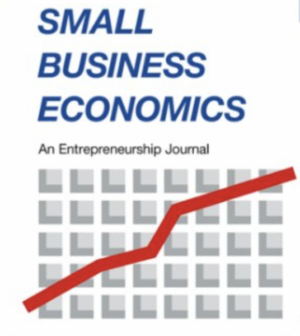
David B. Audretsch, Martin Obschonka, Samuel D. Gosling and Jeff Potter, “A new perspective on entrepreneurial regions: linking cultural identity with latent and manifest entrepreneurship,” Small Business Economics, No. 48 (2017)
An international team of academic psychologists used the American Nations model to create the first, systematic overview of the relationship between regional cultural identity and entrepreneurship in the United States. They found the Far West, Left Coast, and Spanish Caribbean regions had the highest levels of entrepreneurship, the Deep South, Greater Appalachia, New France, El Norte and First Nation the least. "Our results indicate that policies aiming to stimulate a local entrepreneurship spirit in a given region need to be tempered with a recognition and awareness of the cultural identity underlying the region as well as the within-region dynamics between cultural identity and latent and manifest entrepreneurship," the authors concluded. "The efficacy and impact of entrepreneurship policies may be more conditioned by the cultural context and history of the region than has been previously considered."
